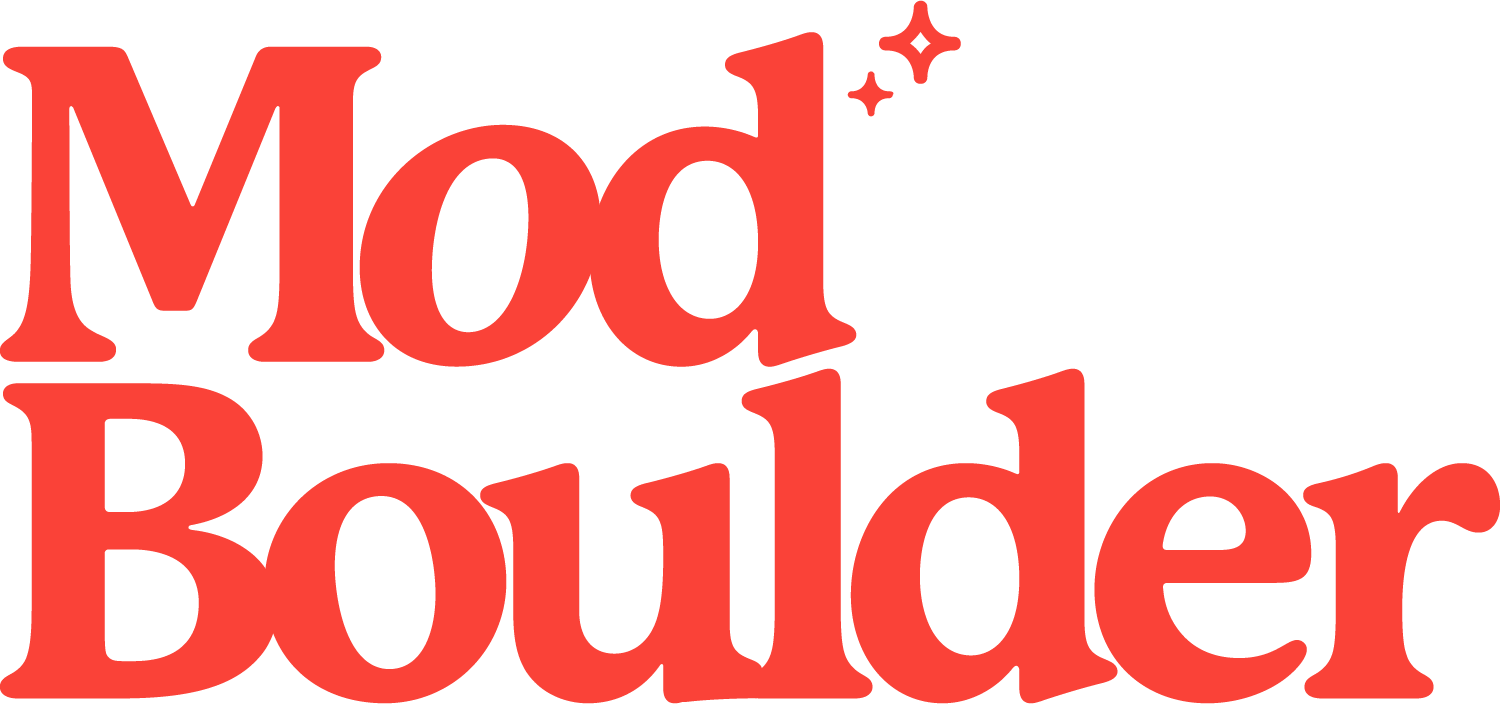Lofty Aspirations
Originating in mid-19th century Paris, lofts were used primarily as artists’ studios, where the high ceilings and expansive square footage easily accommodated the oversized paintings of the era. In the early 20th century, similar buildings were constructed in American cities, like New York and Boston, as storage warehouses.
By the 1940s, many of these lofts were abandoned, specifically in New York’s SoHo (South of Houston), and local artists took over the spaces. These lofts were technically commercially zoned, meaning that they were illegal residences on paper. But eventually, the sheer number of residents forced the city to rezone the areas and allow the buildings to be converted into residential apartments. Fun fact: a still-in-effect New York law states that any loft rented, leased or purchased in SoHo must have one certified artist-in-residence, although its enforcement is questionable at best.
By the early 1980s, most major cities in the U.S. began urban revitalization programs, with new housing being built in downtown areas and once-commercial historic buildings being renovated and repurposed. Loft residences began popping up around the country in converted office buildings, warehouses, factories, stores and reclaimed waterfronts. Artists began buying renovated factories and warehouses in the mid-1980s until the real estate bust in 1992.
The loft lifestyle trend soon emerged in popular culture and nearly everyone wanted a loft to call home—we can probably blame this trend’s skyrocketing popularity on the sitcom, Friends. Soon, the loft’s breezy, partition-free style was ubiquitous in cities around the U.S.
In the 2000s, developers began building new construction to resemble original loft-style spaces. These new “soft-lofts” were residential buildings built from the ground up with open-concept spaces featuring large windows, exposed brickwork and other structural elements, and high cement ceilings.
While there are plenty of true lofts in Denver, most of Boulder’s warehouse-style stock is still commercially zoned. Scattered throughout Downtown, you'll find a handful of authentic loft-style residences, however; the bulk of Boulder’s loft living is of the soft-loft genre.
Recognizing its popularity, Boulder bit hard on the soft loft trend. Downtown, the aptly named Lofts at One Boulder Plaza offer Boulderites the chance at New York-style living with a Flatiron backdrop. This soft-loft development is positioned directly next door to the Downtown Bus Station and consists of 31 residential units on the upper levels and commercial spaces on the ground floor. The building is solidly built with noise-proof windows, allowing for an urban lifestyle in the center of Boulder.
During this same period, North Boulder was building a new soft-loft development of its own. Uptown Broadway brings an urban aesthetic to what was previously the sleepy and largely industrial outskirts of town. Units are accessed via a cinder block stairwell, creating a robust minimal urban entry, and ceilings soar as high as 23 feet. The units sit atop commercial spaces, most notably Amante Coffee, which has become the go-to spot for local cyclists. Interestingly, much like 19th-century Paris, artists have been drawn to this area, creating the NoBo Art District, a burgeoning art scene.
As we walk through the architectural history of the loft space, it’s clear that the through line of the loft’s milieu is art. From the Parisian artists’ lofts of yesteryear to today’s cozy soft loft, the infinite wall space, high ceilings, and ideal natural light of a loft beckon resident’s art collections, big and small.

